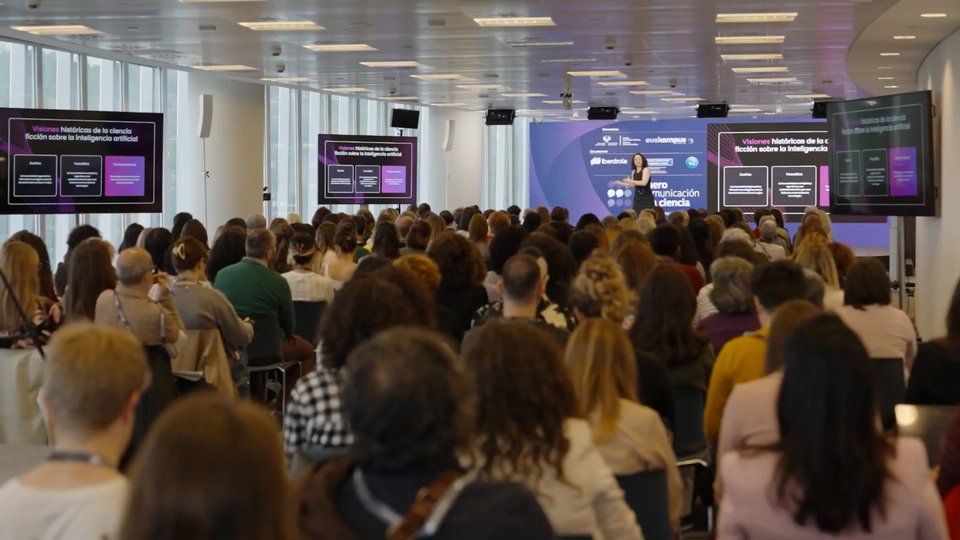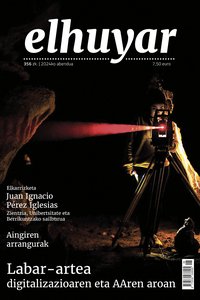Intraocular contact lenses
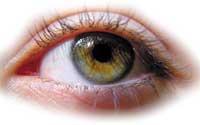
The INASMET Foundation, belonging to Tecnalia, investigates intraocular contact lenses. Specifically, the Inasmet Foundation presented two papers on this topic at the 17th edition of the Europe of Biomaterials held in Barcelona. Congress. On the one hand, he published the results of a comparative study of the internal lenses of the eyeball. On the other hand, he released the research project that is being carried out with the internal contact lenses of the cornea.
This project was launched three years ago between the Donostia Hospital, the Organic Chemistry Department of UPV and the Biomaterials Department of Inasmet.
Inside the eyeball or in the cornea
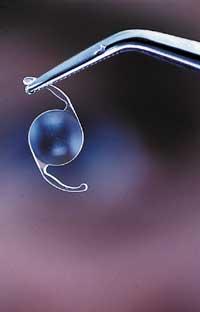
The inner lenses of the eyeball, which are known by few, are already on the market. These lenses are placed in the lens, that is, in the transparent lens that we have behind the pupil. Lentilla installation requires removal and replacement of the lens, so it is only recommended for people with severe crystalline problems, such as cataracts.
Intracorneal contact lenses, as the name suggests, are placed in the cornea. The cornea is the first of the lenses that make up the eye. These lenses would serve to correct myopia, farsightedness, astigmatism and other common optical problems. Therefore, compared to those inside the eyeball, they are not only useful for serious problems.
The surgical technique for the implantation of these intracorneal contact lenses is very simple. First, a small opening is made in the cornea. From the opening the flexed lentilla is inserted and once inside it is extended and placed in place. Placing the lentilla in the eye would adapt and last for years.
However, it is intended to offer the possibility to remove and place the lentilla, that is, that this small operation is reversible. This reversibility is an important characteristic, since it allows to eliminate the lentilla before possible changes of diotrías and possible ocular irritations.

In addition to the reversibility of the intervention, the suitability of the material for the realization of these lenses is fundamental. Precisely in this project, the work of the Inasmet research team has been aimed at analyzing the characteristics of the material. The main objective is to design, produce and characterize a cornea compatible material. This means that the material has similar physical, chemical, mechanical and biological characteristics to those of the cornea.
Biocompatibility
Biocompatibility is the ability to adapt the material to your environment. Therefore, the lentilla material should adapt to the eye and should not cause any irritation or reaction. However, in reality it is impossible to achieve full compatibility and the body always sets in motion reactions that aim to eliminate or eliminate foreign material.
Biomaterials are used to minimize these reactions. Biomaterials are materials capable of fulfilling the function of tissues and can form or form organs. In this case, Inasmet investigates a polymer called PHEMA.
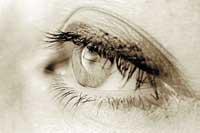
The PHEMA polymer mentioned is a hydrogel. Hydrogels have the following characteristics: reticular structure, elasticity, permeability, water absorption capacity, etc. These characteristics make them the basic material of today's conventional lenses. However, when talking about lentils inside the cornea, things get complicated because the cornea has very special characteristics.
The main component of the cornea is water, 70-80%. It is a transparent, abascal organ (where blood vessels do not arrive) and with high permeability. This is because, since there is no blood vessel, food ripens in a liquid state, so its permeability is fundamental.
These are the conditions that the intracorneal lentilla must meet, as well as the lentilla's own material.
Active material
To meet these requirements, i.e. to ensure the aforementioned biocompatibility, active materials are sometimes used.
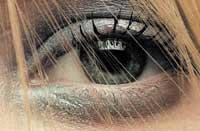
As already indicated, when a material is deposited in the body reactions occur within it. Various proteins and enzymes are involved in these reactions. The composition and mechanisms of action of these enzymes are increasingly known.
If chemistry is added to all this knowledge, synthetic compounds that affect these enzymes can be developed. This is one of the fundamental pillars of this project.
The biomaterial being investigated in Inasmet carries among its components a synthetic compound of these characteristics. The enzymes that the body releases in the immune response are associated with this synthetic compound, which, being irreversible, are inhibited. In this way it is possible to stop or cushion the body reaction. It is important not to remove the material so that the lenses remain inside the eyes for years. This technique is called material functionalization and the material is active.
Long way from material to lens
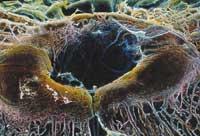
The research carried out so far has demonstrated the capacity of the material, but there are still many attempts to see on the market the internal contact lenses of the cornea. There are, among others, attempts to make contact lenses of different diotrías, fine-tune the surgical technique and determine the composition of the material.
However, the projects offer a unique opportunity to unite chemistry, materials science and medicine so different but so close.
Laboratory and animals
The first objective of the project is the realization of contact lenses to correct optical problems. The material being studied by Inasmet has been specially selected for this task and it is now necessary to prove that it meets all these characteristics.
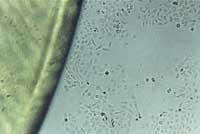
To do this, any biomedical material must pass a series of strict, law-abiding sessions. All these sessions are performed in vitro laboratory and in live animals.
In vitro sessions investigate the behavior of materials at the site of their insertion. In these sessions the material is contacted with different types of cells and their response is investigated.
In vivo, for its part, focuses on the responses derived from the application of materials in animals and, after a period of time, on the histological study of material and tissue.
All these studies, in addition to demonstrating the compatibility of the material, aim to achieve a greater intention for the future: demonstrate the advantages of the new biomaterial. For what? So that the possibilities presented by the biomaterial are applicable not only to the contact lenses but also to other applications.
Buletina
Bidali zure helbide elektronikoa eta jaso asteroko buletina zure sarrera-ontzian



